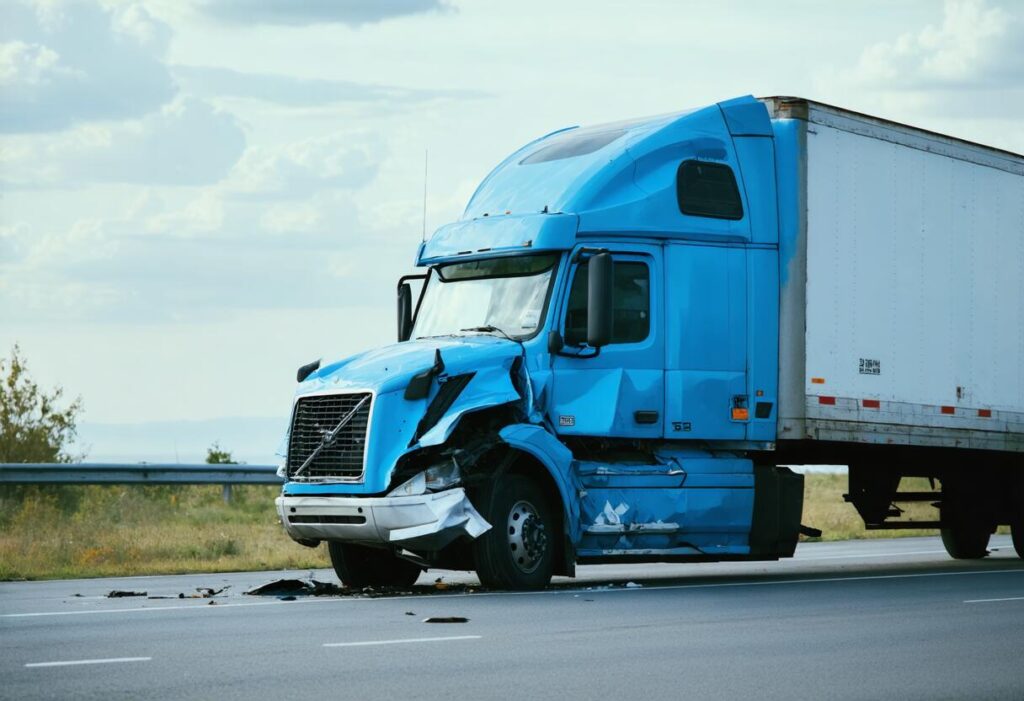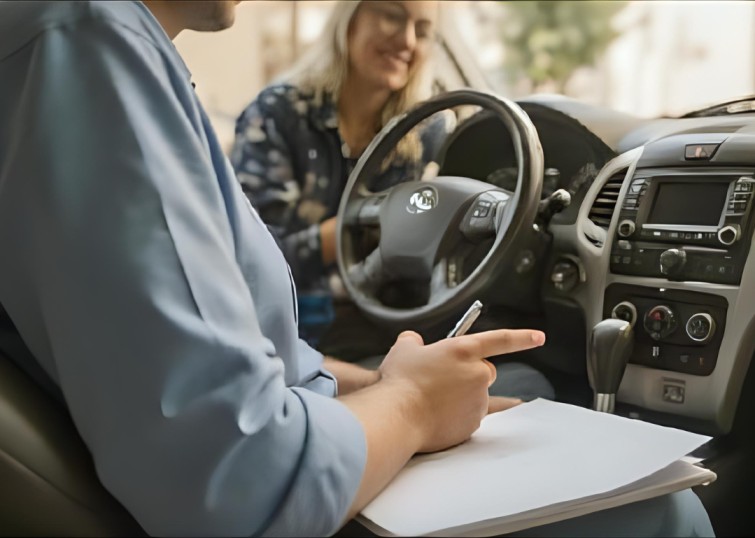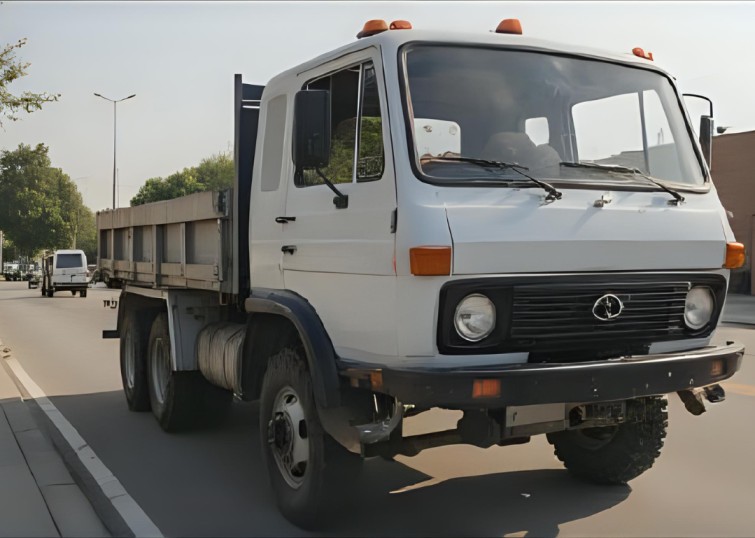TL;DR
If you’re involved in a truck accident with a hit-and-run driver, seek compensation by documenting the incident, reporting it to authorities, gathering evidence, contacting your insurance company, consulting an attorney, and exploring alternative compensation avenues. Taking these steps can help you recover damages effectively.
Key Highlights
- Document the Accident: Take photos, note details, and collect witness information.
- Report to Authorities: File a police report promptly to establish an official record.
- Gather Evidence: Secure surveillance footage and gather medical records.
- Contact Your Insurance: Inform your insurer about the accident to initiate the claims process.
- Consult an Attorney: Seek legal advice to understand your rights and options.
- Explore Alternative Compensation: Consider uninsured motorist coverage or victim compensation funds.

Many individuals are affected by truck accidents, which often result in severe injuries or significant property damage. Truck-related collisions can be more devastating than regular car accidents due to the size and weight of these vehicles. Understanding the legal and financial ramifications is crucial for those seeking justice and compensation.
In cases where a truck accident involves a hit-and-run driver, the situation becomes even more complex. Without the responsible party’s information, victims may feel overwhelmed and uncertain about their next steps. State laws, such as those in Georgia, provide specific guidelines on handling these unfortunate incidents, ensuring that victims have avenues to pursue compensation even when the driver remains unidentified.
Navigating the aftermath of a hit-and-run truck accident requires knowledge and strategic action. By taking the right steps, victims can increase their chances of obtaining the compensation they deserve, addressing both immediate and long-term needs.
What to Do Immediately After a Hit-and-Run Truck Accident
Being involved in a hit-and-run truck accident is a stressful and frightening experience. Knowing what steps to take right after the incident can significantly impact your ability to secure compensation.
Ensure Safety First
Your immediate priority should be the safety of yourself and others. Move to a safe location if possible, away from oncoming traffic, to prevent further accidents or injuries.
Seek Medical Attention
Even if you believe your injuries are minor, it’s essential to get checked by a medical professional. Some injuries may not be immediately apparent but can have long-term effects if left untreated.
Collect Information
Gather as much information as possible at the scene. This includes taking photographs of the accident site, your vehicle, and any visible injuries. If there are witnesses, obtain their contact details as they can provide valuable statements later.
Report the Accident
Contact the police immediately to report the hit-and-run. An official report will be crucial when filing insurance claims or pursuing legal action. Provide the authorities with all the details you have collected.
Understanding Your Legal Rights
Knowing your legal rights is fundamental in pursuing compensation after a hit-and-run truck accident. This knowledge empowers you to make informed decisions and seek the necessary support.
Uninsured Motorist Coverage
In many insurance policies, uninsured motorist coverage protects you in the event of an accident caused by a driver without insurance or when the driver cannot be identified. Reviewing your policy can help you understand the extent of your coverage.
Personal Injury Claims
Even without the at-fault driver’s information, you may still be able to file a personal injury claim. This can be based on the damages you’ve incurred, such as medical expenses, lost wages, and pain and suffering.
Statute of Limitations
Time is of the essence when pursuing legal action. Each state has a statute of limitations that limits the time you have to file a lawsuit. It’s important to be aware of these deadlines to protect your rights.
Comparative Negligence
Some states follow comparative negligence laws, which assess the degree of responsibility each party has in the accident. Understanding how these laws apply can influence the compensation you may receive.
Steps to Gather Evidence
Collecting evidence is critical in building a strong case for compensation. Without the responsible driver, evidence becomes even more important to support your claims.
Surveillance Footage
Many areas have surveillance cameras in public places. Requesting footage from nearby businesses or traffic cameras can help identify the hit-and-run driver and the circumstances leading to the accident.
Accident Reconstruction
Professional accident reconstruction experts can analyze the scene and provide insights into how the crash occurred. Their reports can be instrumental in establishing fault and liability.
Medical Records
Keep detailed records of all medical treatments related to the accident. These documents provide evidence of your injuries and the associated costs, which are essential for compensation claims.
Financial Documentation
Maintain records of all expenses resulting from the accident, including medical bills, vehicle repairs, and lost income. These documents help quantify the financial impact of the accident on your life.
Working with Insurance Companies
Dealing with insurance companies can be daunting, especially after a hit-and-run accident. Understanding how to navigate this process is key to securing fair compensation.
Notify Your Insurer
Inform your insurance company about the accident as soon as possible. Provide them with all the details and documentation you have gathered to initiate the claims process.
Understand Your Coverage
Familiarize yourself with your insurance policy to know what is covered. This includes personal injury protection, uninsured motorist coverage, and property damage liability.
Negotiating Claims
Insurance adjusters may offer a settlement to cover your damages. It’s important to review their offer carefully and consult with an atlanta truck accident attorney if necessary to ensure the settlement is fair and sufficient.
Avoid Admission of Fault
When speaking with insurance representatives, avoid admitting fault or making statements that could be used against you. Stick to the facts and provide only the necessary information to support your claim.
Consulting a Personal Injury Attorney
Seeking the counsel of an experienced truck accident lawyer can greatly enhance your chances of obtaining appropriate compensation after a hit-and-run truck accident.
Legal Expertise
An experienced personal injury attorney understands the complexities of hit-and-run cases. They can guide you through the legal procedures and help build a strong case on your behalf.
Identifying Responsible Parties
Even if the driver remains unidentified, an attorney can explore other avenues to hold the trucking company or other responsible parties accountable, ensuring you have the best chance at receiving compensation.
Maximizing Compensation
Attorneys work to ensure that all your damages are considered, including medical expenses, lost wages, and non-economic damages like pain and suffering. They negotiate with insurance companies to secure a fair settlement.
Handling Legal Procedures
From filing paperwork to representing you in court, an attorney manages all aspects of your case, allowing you to focus on recovery without the added stress of legal complexities.
Exploring Alternative Compensation Options
When the hit-and-run driver is unknown, alternative compensation methods can provide much-needed support and financial relief.
Victim Compensation Funds
Some states offer victim compensation programs that can help cover medical expenses and other costs resulting from the accident. These funds are designed to assist those who have been harmed by violent crimes or accidents.
Employer Liability
If the truck involved is owned by a company, the employer may be held liable for the accident. Investigating the company’s responsibility can open avenues for compensation even without the driver’s information.
Federal Regulations
Under federal law, trucking companies are required to carry specific insurance policies. Understanding these regulations can help locate the responsible party’s insurance and pursue a claim accordingly.
Subrogation
Insurance companies may pursue subrogation claims against the at-fault party to recover the payments they’ve made on your behalf. Staying informed about this process ensures you’re aware of all potential compensation sources.
Conclusion
Experiencing a truck accident involving a hit-and-run driver is undoubtedly challenging, but understanding the steps to take can make the path to compensation clearer. By promptly documenting the incident, reporting it to authorities, and gathering essential evidence, you lay the groundwork for a strong case. Engaging with your insurance company and seeking legal counsel further enhances your ability to secure the compensation needed to recover and move forward.
Don’t navigate this difficult time alone. Take action today to protect your rights and ensure you receive the support and financial relief you deserve. Reach out for a free case evaluation to explore your options and begin the journey toward recovery.



